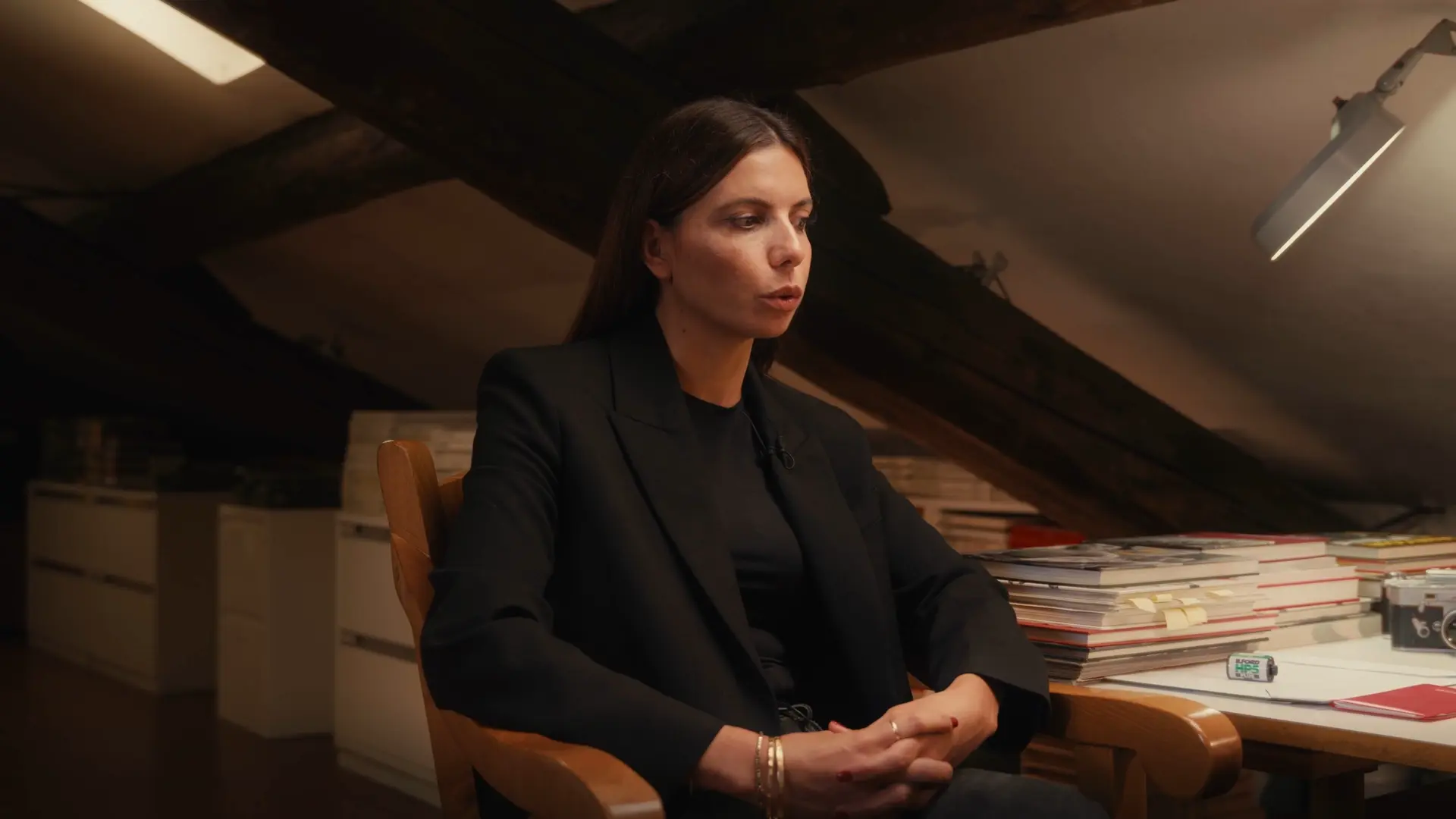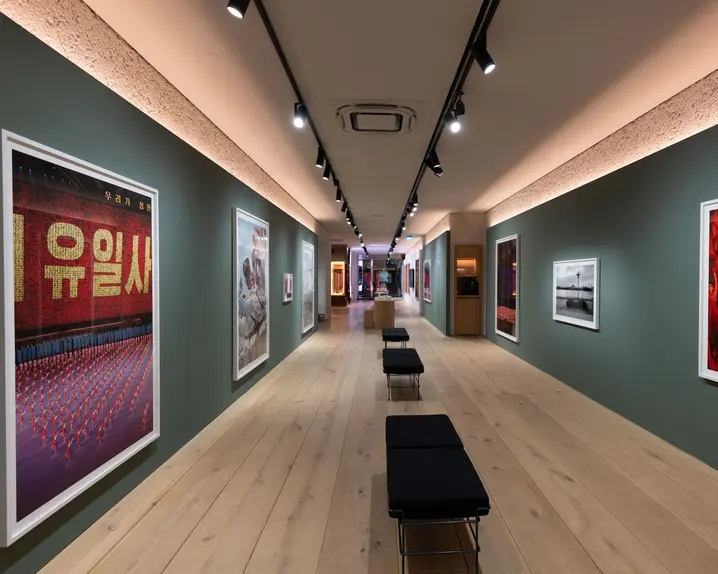@Roselena Ramistella
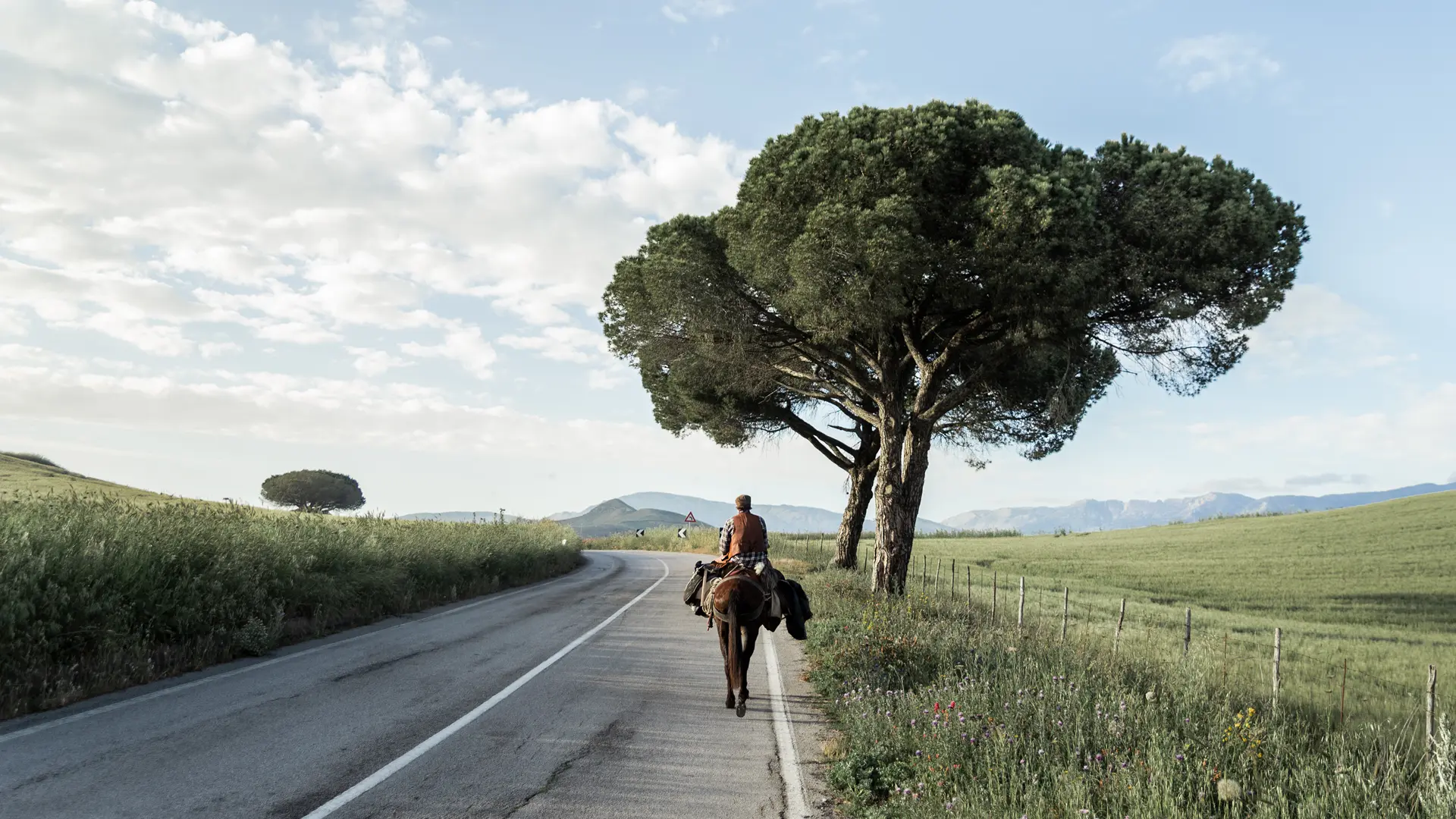
In Conversation: Roselena Ramistella and Gianni Berengo Gardin
At the Leica Gallery Milan, Roselena Ramistella engages with the works of Gianni Berengo Gardin as part of Leica’s 100th anniversary celebration.
Leica’s 100th anniversary sets the stage for meaningful dialogue. Each month, a different gallery opens its doors to connect contemporary talents with recipients of the Leica Hall of Fame Award (LHOF). Beginning on June 4, two Italian artists come together: Roselena Ramistella offers her humanistic perspective in complement to Gianni Berengo Gardin’s socially documentary black-and-white photography. Their works open up space for parallels and meaningful exchange.
100 Years of Leica Photography: What Do You Think?
The 100 years of Leica invite us to reflect on the power of photography as a tool for expression and documentation. This anniversary does not simply celebrate a brand but underscores how photography has shaped our understanding of the world, capturing and sharing meaningful realities. In an era dominated by digital images, Leica’s journey highlights photography as both an art form and testimony, capable of evoking emotions and influencing perceptions of human experiences.
Gianni Berengo Gardin is one of the great masters of photography, a true point of reference for all generations.
To be honest, I don’t have any true mentors. My personal experiences and the exchanges I have with people provide the foundation for my creative process. I’m deeply fascinated by art history and find great inspiration in flipping through history books. Perhaps my real mentor is history itself, the way events interconnect. But this is mostly an unconscious factor: the experiences you have in life combine with your readings and eventually shape your language, forming your own “beauty mark.”
@Roselena Ramistella
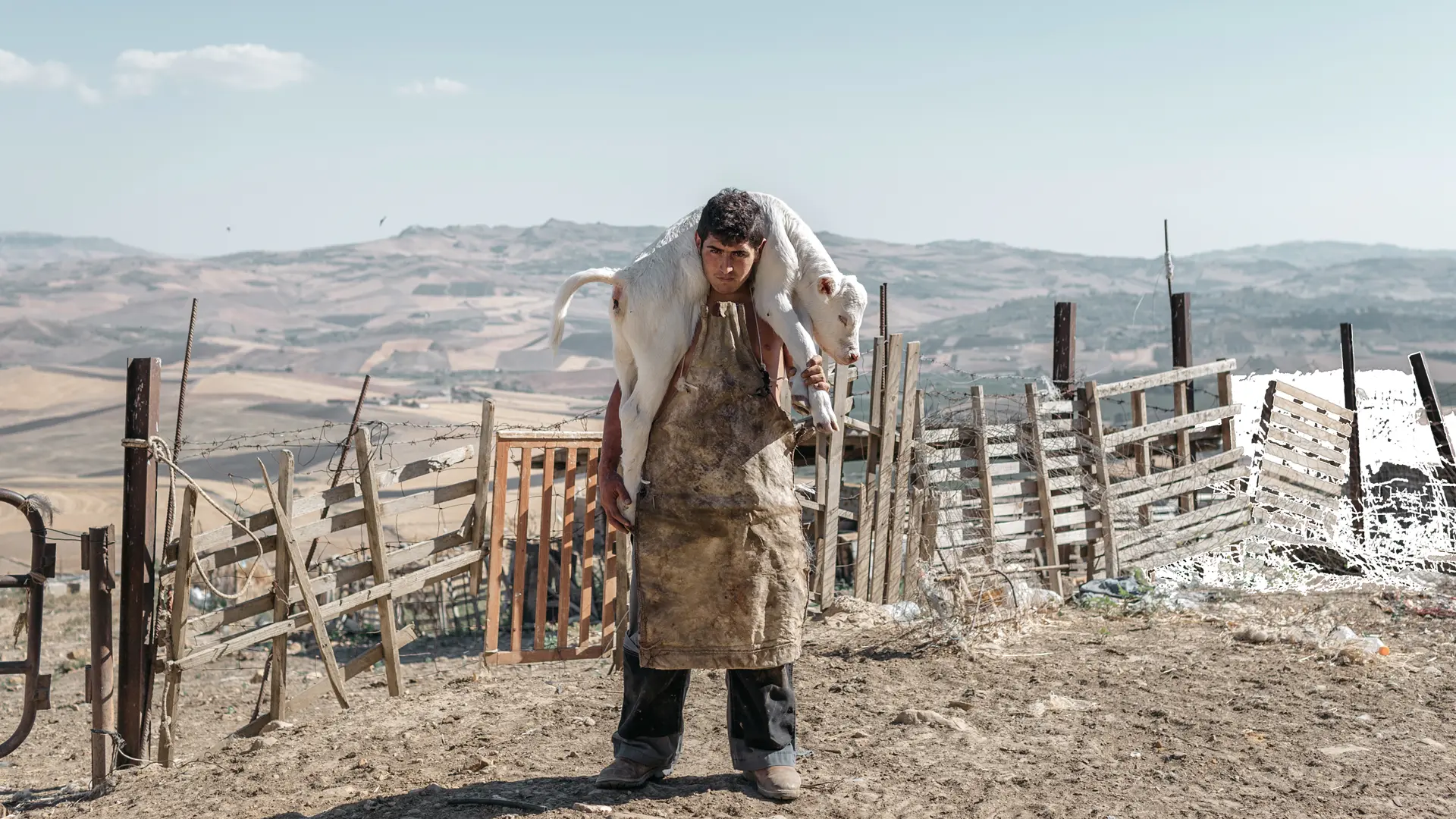
What are the similarities and differences that emerge from this dialogue?
From the dialogue between my images and those of Gianni Berengo Gardin, the shared desire to explore the human condition in various contexts becomes evident. Even though our photographs relate to different eras, the feeling of suspension is common. My approach is expressed through color, which I use to extract as much information as possible from each scene, while GBG is the master of black and white, focusing on the essential.
However, what unites us is storytelling: whether it’s a short story tied to a single shot or a long-term project, we both strive to tell stories of a community or an individual—faces, events, and transformations. In our work, the transition is aesthetic, but the historical and political contexts, along with society, differ. Still, from an emotional perspective, nothing changes.
It’s hard to focus on just one image, but one, in my opinion, fully embodies the delicacy of GBG’s photographs.
Gianni Berengo Gardin’s most iconic photograph is instantly recognizable, capturing attention and immediately stirring emotions. Taken in Great Britain in 1977, it depicts a small car parked in front of a vast seascape. Inside the car, a couple seems lost in thought, while the Irish Sea stretches out in the background. This image evokes a sense of suspended time, prompting the viewer to ask countless questions: Are they parting ways? Are they lovers?
The loneliness of the two protagonists is palpable; they seem isolated, detached from the surrounding world as they contemplate the sea—a sea laden with tension, perhaps from a storm just past or yet to come. Despite its apparent stillness, this image holds an archetypal power, instinctively and immediately conveying meanings and emotions. The simplicity of the scene becomes a powerful tool for reflection, inviting the viewer to immerse themselves in a universe of feelings and interpretations.
@Gianni Berengo Gardin
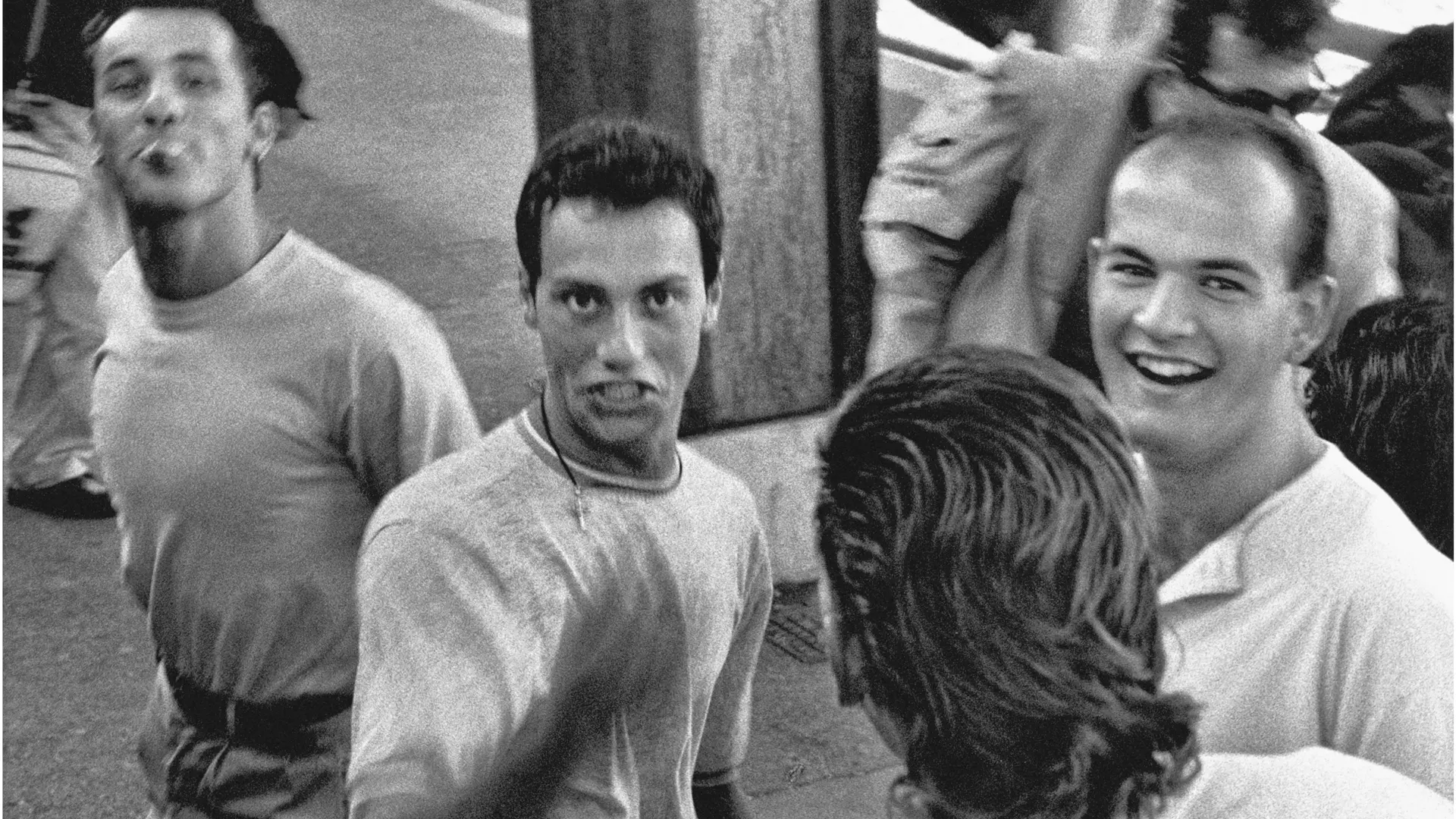
In the digital age, art galleries remain essential, offering a physical space to appreciate works in their original form and creating a unique sensory experience.
They allow stories to be told through thematic exhibitions and stimulate meaningful discussions, fostering interaction between artists and audiences. In this way, galleries enhance the visibility of documentary photographers’ work and help build a community around art, promoting greater awareness of social and cultural issues. Even in a digital context, these institutions are crucial for valuing documentary photography.
The exhibitions are about a visual dialogue between two generations. How did you approach this theme?
I approached the theme of visual dialogue between two generations by creating a direct comparison between my images and those of Berengo Gardin. I wanted to highlight how both of our works, despite coming from different contexts and eras, can communicate similar emotions and stories. My photographs reflect my contemporary vision and the experiences of my generation, while Gardin's works offer a deep insight into the social and cultural realities of the past. This visual dialogue not only highlights stylistic and thematic differences but also invites the audience to reflect on how experiences and perceptions are connected across time.
@Roselena Ramistella
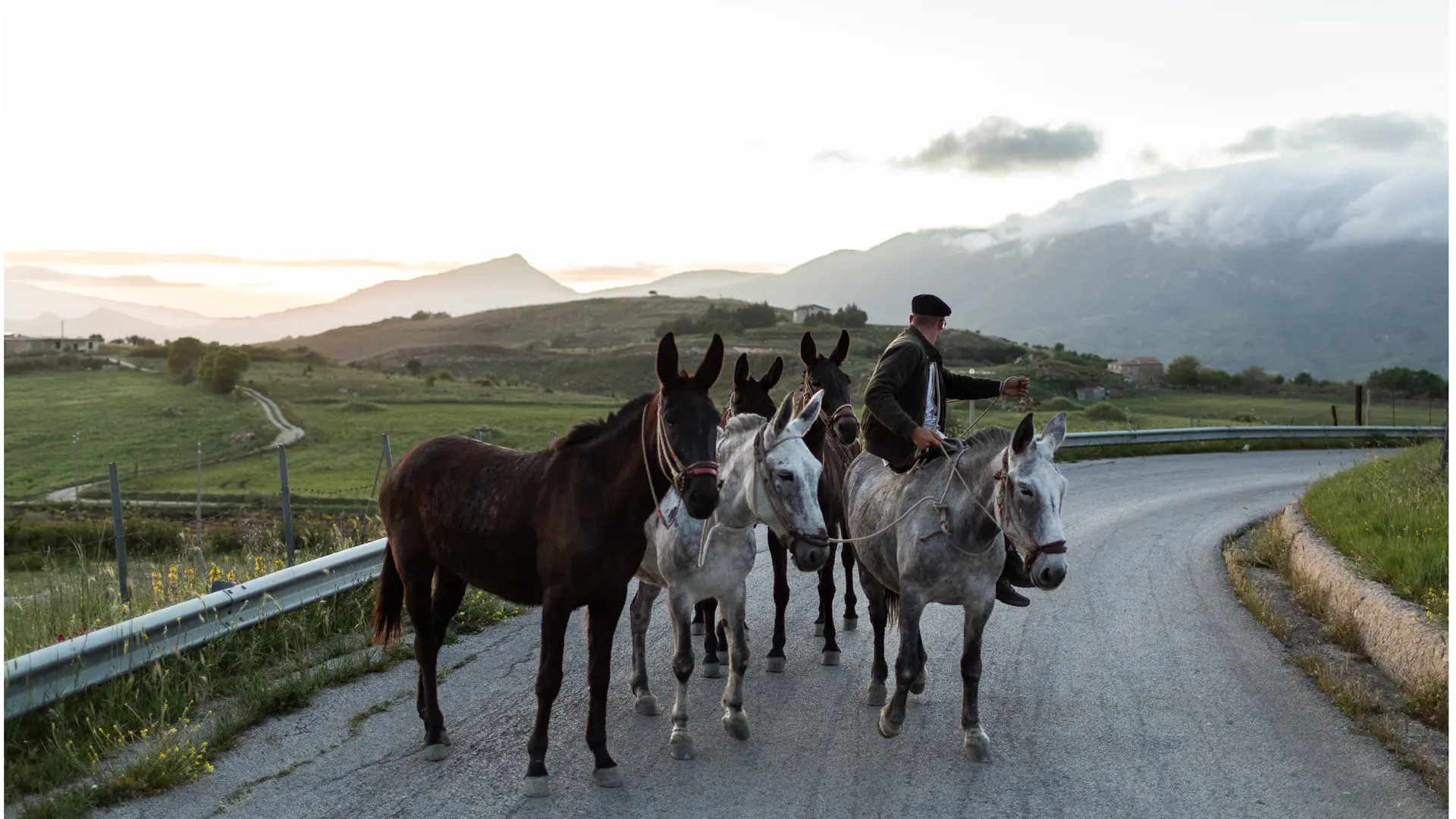
What is the subject matter / theme of your photographs that are being displayed in the exhibition?
The subjects of my exhibited photographs focus on sociological, anthropological, and geopolitical themes. For example, in the project "Men of Troubled Waters," I documented Sicilian fishermen who perform acts of solidarity by saving migrants during their fishing trips. Another central theme is "The Healers," which explores Sicilian healers—elderly women who, through ancient prayers, folk magic, and knowledge of traditional medicine, "heal" ailments. This tradition is very old and has never been photographed before, as these women have always refused to be approached by photographers. Their gift has been passed down orally, with no written record of the prayers. Another work in dialogue with Berengo Gardin’s images is "Deepland." For this project, I traveled on the back of a mule along ancient mountain paths, portraying the life of communities dedicated to agriculture and the rural landscapes, highlighting the changes brought about by shifting socio-economic conditions. The journey follows the routes of the old mule tracks, contributing to the rewriting of new cartographies of those paths, the last mapping of which dates back to the 1950s. The "Deepland" project began in 2016 and is still ongoing. My images tell stories that intertwine with the rich history of Sicily, offering a perspective not only on my land but also on themes that resonate with the entire world. It is about a strong identity and a strong sense of belonging. Sicily is not a mere geographic entity. Sicily has a specific history that I believe can hardly be felt so intensely in other regions. The sense of separation is also deeply rooted. We are, in a sense, border offspring, the sons and daughters of a disjointed land. Despite being close and nearby, the Stretto di Messina separates us matter-of-factly from Europe.
Where do you get your inspiration? Who or what inspires you?
It is my personal experiences and the exchanges I have with people that provide me with the foundation to create my work. I am very fascinated by the history of art and find great inspiration in browsing history books. Perhaps my true mentor is history itself, the way facts are interconnected. However, this is primarily an unconscious factor; the experiences you have in life intertwine with your readings and ultimately become your language, shaping your "beauty mark." My background in political science has certainly helped me develop a broader perspective when approaching certain themes. It is undeniable that a photographer's work is influenced by their cultural background and personal interests. For me, the relationship with photography and the themes I explore operates on a deeper, sometimes indecipherable level. I really enjoy telling stories, revealing the depth of the human experience, discovering, and investigating. In the end, I believe this is all that truly matters, beyond any school or theme.
@Gianni Berengo Gardin
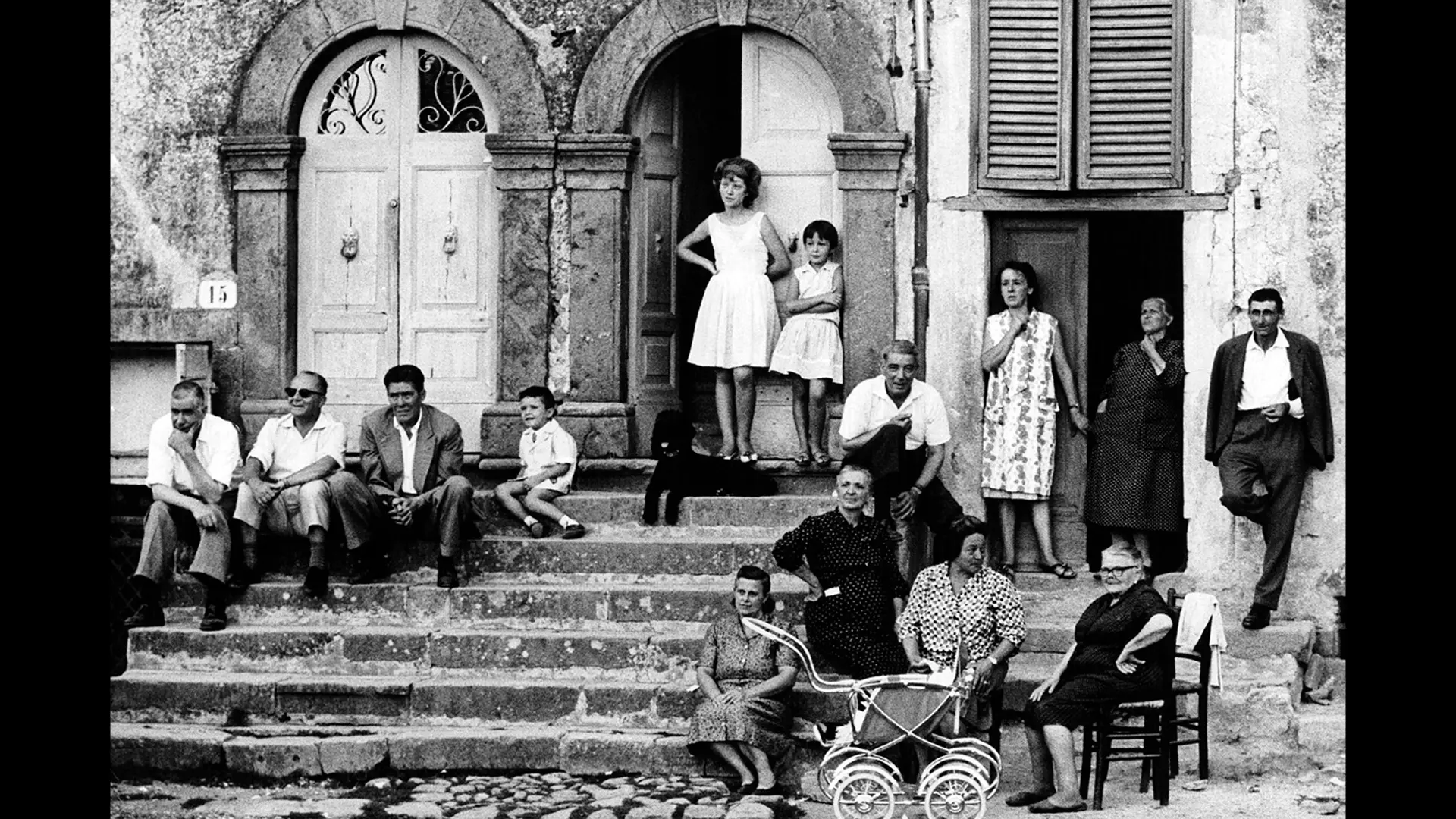
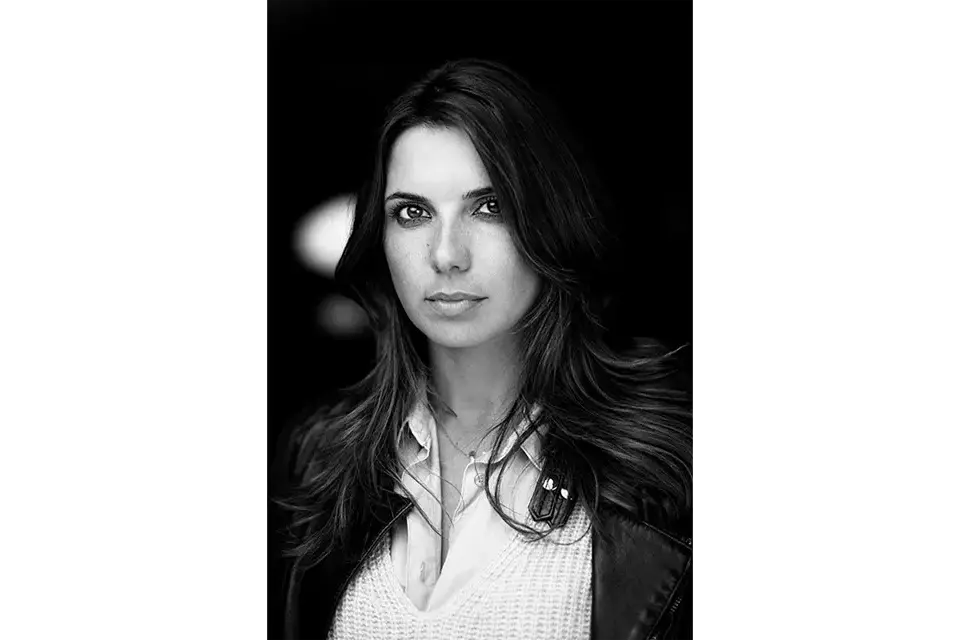
Roselena Ramistella
Born in 1982 in Sicily, the Italian contemporary photographer engages primarily with social, humanistic and cultural subject matter. She studied photography and communication and has worked in a national and global context. Her work has gone on display at numerous exhibitions – both individual and group shows and at photography festivals. Her photographs have appeared in various publications, including National Geographic, Internazionale and Marie Claire. Her homeland acts as a common thread that combines all these narratives in one visual story and celebrates the richness of social and cultural experience.
What camera do you use for photography and why?
In my approach to photography, I believe that the choice of equipment is relatively important if there is no significant narrative to convey. However, a high-quality camera can amplify one’s vision, especially in challenging conditions, such as nighttime photography or complex contexts. In such situations, appropriate tools can facilitate the work and enhance overall results. Currently, I use the Leica SL2, which offers excellent performance and superior image quality. For specific projects, I have chosen to work with the Leica Q3. I particularly appreciate its lightweight design and the ability to move within the scene with great ease, as it is a very compact camera. In many situations, this characteristic of lightness and discretion proves advantageous, allowing me to capture authentic moments without being intrusive. However, the camera that has accompanied me for many years is the Leica S2. Using a Leica, in particular, often creates a sense of fascination towards the subject being portrayed, transforming the camera into a true "sacred ornament."

Gianni Berengo Gardin
Born on 10 October 1930 in Santa Margherita Ligure, the photographer started out in the 1950s, taking inspiration from Henri Cartier-Bresson. He focused mostly on humanist photography in a reportage style, with a particular emphasis on life in Italy. He worked for renowned magazines such as Il Mondo, L’Espresso and Domus. Berengo Gardin always took an analogue approach, working in black and white. Over his career, he published over 250 photo books. He remains one of the most important photographers of the 20th century.
How do you think photography has changed in recent decades?
In the past decade, photography has undergone profound and significant transformations. Access to this medium has become markedly more democratic, allowing an increasing number of individuals to explore and practice photography, unlike in the past when it was regarded as an art form reserved for a select few. The emergence of social media has generated an incessant flow of images, creating a context in which our gaze is constantly exposed to a vast array of visual content. This rapid consumption has led to a dilution of the value and permanence of the image, impacting its communicative power. Additionally, artificial intelligence has introduced new challenges in the realm of creativity, enabling the automated generation of images and ideas. While documentary photography remains relatively insulated from such risks—focusing on the portrayal of real-time events and adhering to a stringent respect for photographic ethics—it is not free from issues. Image manipulation can lead to a distortion of reality, confusing the public and making it difficult to distinguish between truth and fabrication. In this context, the evolution of social media and the influence of artificial intelligence are radically altering the paradigms of photography. Personally, I consider myself an advocate for a return to the essence of photographic art, hoping for a departure from contemporary frenzy. It is essential to grant appropriate importance to photographic projects that not only document but also contribute to a deeper understanding of the world we inhabit.
What are your reflections on the future of photography and its recognition within the realm of art?
From a photographer's perspective, it is essential to avoid falling into mannerism. It is crucial to engage in self-reflection and maintain an attitude of continuous growth; this approach fosters constant improvement and the evolution of one's visual language and the narratives one wishes to convey. Currently, the publishing industry is facing a significant crisis, and I hope that it can recover. It is essential that photographers receive fair compensation for their work, recognizing the intrinsic value of their art and research. Furthermore, I advocate for broader acceptance of photography within the contemporary art world, which should never be regarded as a second-rate art form. Museums and cultural institutions should adopt a more inclusive approach toward photographers, valuing their contributions and integrating them into exhibitions and cultural projects. Only in this way can we ensure equitable recognition of photography as a legitimate art form.
